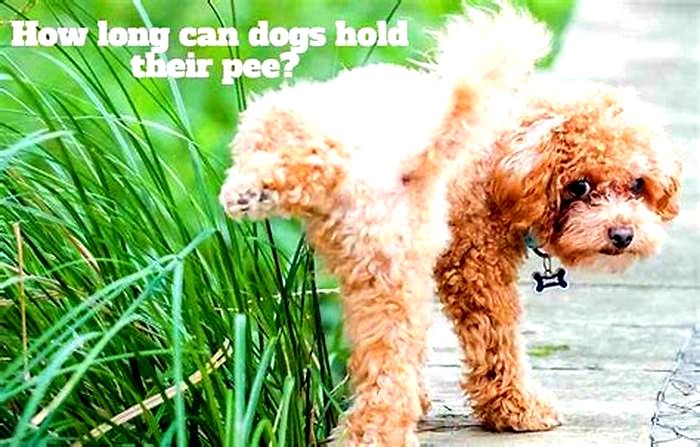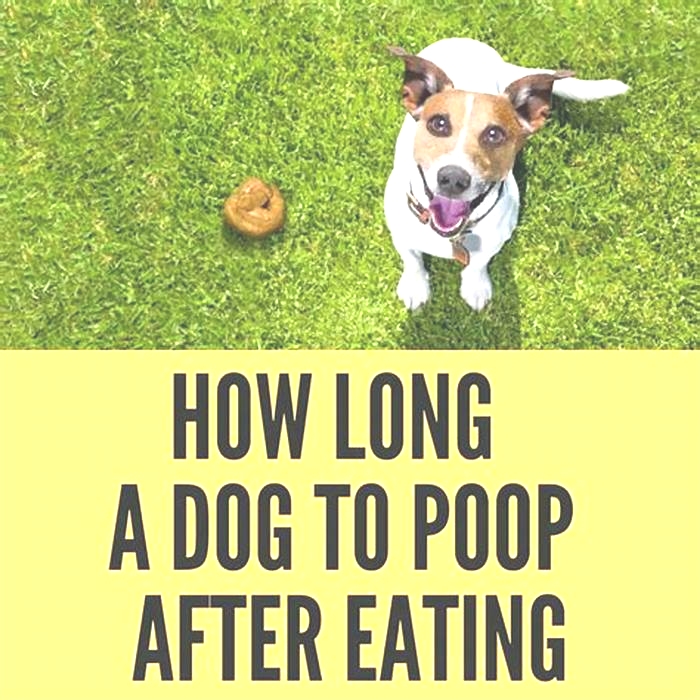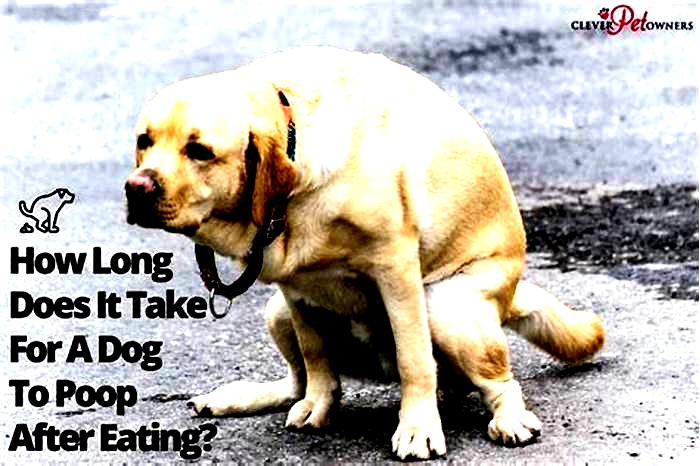How long can dogs hold their pee

How Long Can Dogs Hold Their Pee?

Dogs regularly need to go out to use the bathroom, but how long can they hold their pee? Is it harmful to make a canine hold its bladder? How often does a dog need to urinate on a typical day? Dog owners need to know this information, especially if they must leave their pet at home all day without going outside to urinate. This topic is much bigger than simply taking your pup out every few hours. There is a lot that owners must know about how long dogs can hold pee.
How Long Can A Dog Go Without Peeing?
All dogs are different, and some may be able to go longer than others without relieving themselves. However, a general guideline is that adult canines between one and seven years old can hold their urine for between six and eight hours. Of course, several factors impact this. A dogs age, health, size, diet, sex, and activity level all impact the amount of time they can go without urinating.
It is important to note that puppies cannot hold pee as long as adults. Seniors, those aged seven years and older, may only be able to hold their urine between two and four hours. Some young canines may be able to hold their pee for eight to 10 hours, but this does not mean they should do it every day. This is also uncomfortable and puts extra strain on their urinary system.
Holding their urine in for too long can lead to physical discomfort, bladder and urinary tract infections, crystals, and stones. Ideally, dogs should not go more than six hours without an opportunity to relieve themselves.
In addition to causing physical distress, and impacting the function of the canine urinary system, holding it in can lead to behavioral concerns. Pups can become stressed, irritated, frantic, and anxious. They will start to whine, bark, and may even begin to chew or try to paw their way outside.
How Often Do Dogs Need To Pee?
How often dogs must pee depends on a few things, including age. Younger animals go more often, as do seniors. Generally, pups over one year to seven years old should go out once every six hours.
Some general guidelines (for adult canines) to relieve themselves are below:
- Age one year to seven years every 6 to 8 hours.
- Eight years to ten years every 4 to 6 hours.
- Seniors over ten years old must relieve themselves every 2 to 4 hours.
- Expect to let your pup out between 4 and 8 times a day on average.
How Long Can A Dog Hold Its Bladder?
The amount of time a dog can control their bladder will depend on the specific animal, but owners can follow some general guidelines. Age has a significant impact. Younger adult canines can hold urine for between 10 and 12 hours if necessary.
Males urinate more often than females. Females are generally able to control bladders longer than males.
Smaller pups have smaller bladders, which means they cannot keep in their urine as long as larger pups. Canines do not all make the same amount of urine. Larger animals make more urine but also have larger bladders in comparison to their size and weight. Adult pups in a normal environment with no extenuating circumstances produce between 10 and 20 ml of urine per pound of body weight over a 24-hour span.
How Does Size Impact Urine Holding?
- Dogs that weigh less than 10 pounds can only control bladders for one to three hours.
- Medium-sized dogs reaching about 30 pounds can control urine for 2 to 4 hours.
- Larger animals between 40 and 60 pounds can go between 4 and 8 hours.
- Big breeds over 60 pounds can control their bladder on average between 6 and 12.
These estimates pertain to healthy adults between the ages of 1 and 7 years.
How Long Can A Dog Hold Its Bladder Overnight?
The answer to this question is about 6 to 8 hours on average. Some pups may be able to last 10 hours, while others may only make it to five. Letting your pups out directly before laying down for the night and not allowing them to have too much water right before bed can help extend the amount of time they can comfortably control their bladders while asleep.
Puppies and senior pets will not control things as well overnight. As a canine enters their senior years, around age seven, they will begin to have less control of their bladder over time, even when asleep.
How Long Can Puppies Hold Their Pee?
Puppies have much less capacity to control the bladder than adult canines. Young puppies have no ability to control this. As they age, they increase the length of time they can go between potty breaks. In general, expect a puppy to be able to hold pee for an hour per month of age once they have been house-trained. This is a general guideline, not a hard and fast rule. Puppies tend to drink and eat a lot more, so they feel the urge to go much more often.
Puppy Bladder Control Chart
| Puppy Age | How Often They Need To Pee |
|---|---|
| Under one month | No bladder control |
| Under 3 months (assumes housebroken) | As needed, take out once an hour at least |
| 3 to 6 months | Once an hour |
| 6 months | Once every 1 to 2 hours |
| 6 -9 months | Every 2 to 4 hours |
| 9-12 months | Every 3 to 6 hours |
| 1 year | Every 6 to 8 hours |
Factors That Impact The Time A Dog Can Hold Their Bladder
Along with age and size, a few other factors impact a canines ability to control their bladder. These include diet, health or behavioral issues, environment, and activity.
Diet & Water Intake
How much a dog eats and drinks, as well as what they are eating, impacts how often they have to pee. On days when dogs drink a lot due to heat or exertion, like a brisk walk, they often urinate more. Diets high in salt and fat make canines want to drink more, which means more potty breaks.
Kibble has much less moisture content than wet and fresh food. Canines that eat kibble primarily urinate less than those eating wet, canned, fresh, and raw diets. Owners must ensure canines have enough moisture in their systems. If your pet eats kibble primarily, make sure to offer plenty of fresh, clean water, as well as consider adding wet dog food, low-sodium broth, dog gravy, and other sources of extra moisture into their diets.
Health Issues
Many dogs suffer from health issues and ailments that affect how well they can control their bladder and how often they have to pee. A veterinarian should examine pets who suddenly begin urinating more often or at a higher volume to ensure they are not suffering from any kind of kidney, urinary tract, or other health issues. Always contact your vet if your pup is peeing blood.
Conditions That Cause Increased Urination
Environment
Dogs can be very sensitive when it comes to relieving themselves. They may refuse to go if they are in a new place or feel uncomfortable. This can even happen in a familiar environment when they feel something is off. This goes both ways, and some canines may feel the urge to urinate more when they feel scared, anxious, or excited. This can happen when your pet goes on a trip or even a drive in the car if this is a new activity.
Some canines are very fussy about where they go to the bathroom and prefer grass or dirt to urinate on. They may refrain from peeing until they find a suitable spot. Owners often report this when their pet goes on an extended car ride or flight.
Activity & Play
Activity can trigger the urge to urinate. Physical activities like running, walking, and playing fetch can stimulate your pets bladder. You may notice your pup needing to relieve themselves soon after walking, eating, playing, or drinking. All dogs must start potty training as young puppies. This can begin anywhere after two to three months old. Puppies should be taken out at least once an hour and right after waking up.
Behavioral Issues
In some cases, dogs will urinate more due to behavioral or psychological motivations. Canines like to mark territory, seek attention, and pee from excitement or anxiety. This can also be triggered by a new animal or person in the home, significant changes in home setup, smells, or even moving to a new home. Expect more accidents and urges to go during house training.
How Can I Stop My Dog From Peeing So Often?
If your dog is peeing more than usual, it is best to schedule a consultation and exam with your veterinarian to be safe. Once you have ruled out health concerns, excessive urination can be handled through training and routine.
Set your pet on a bathroom break schedule. Go out at the same time every day, so they learn that this is the time to go pee. Do not make these too close together. Space them out at least every 30 minutes or so. Once you have determined how often your pup needs to be relieved, you can adjust. Increase the time between breaks slightly over time, which will help train your pup to wait just a little longer between bathroom breaks.
Owners can also teach pets a command that signals it is time to relieve themselves. Put your dog on a leash or say the word every time they go out, so they will associate it with relieving themselves. Once outside, direct them to the same spot or area each time.
Offer praise and reward after they go. Pet parents may also want to look into puppy pads and doggy toilets if need be to leave out as a place to relieve themselves.
How long a dog can hold their pee depends on many different factors. Age, size, health, environment, and diet all impact this. All canines are different, and while there are guidelines and averages, no set rule dictates how often any specific canine will need to pee. On average, dogs can hold it for about 6 to 8 hours at a time, but this fluctuates with each animal and situation. A veterinarian should see excessively peeing pets to rule out any health or behavioral concerns.
Tagged With: UrinaryHow Long Can Dogs Hold Their Pee?
You might be concerned about how long you have to leave your dog alone at home if you work long or irregular hours. How long can dogs hold their pee? Are you going to deal with accidents when you get home? And is determining the answer for how long can a dog go without peeing the same as how often they should be let outside?
In this article, we will determine how long can dogs hold their pee and talk about the most effective ways to help them deal with their bathroom breaks.
A few things can affect how long dogs can hold their bladder:
- Age
- Size
- Health
- Diet
- Training
- Environment
AGE
The most common factor affecting how long your dog can hold its pee is their age. Puppies will not be able to hold their pee for as long as most adult dogs can, especially when the pups are not fully housebroken. Puppies have smaller, less developed bladders and urinary tracts which makes it harder for them to hold their pee. However, there is more to it than only the bladder capacity. It takes time for the muscle that contracts to hold and release the dog's bladder to develop. As a result, puppies require more frequent toilet breaks than adult dogs. Developing these muscles and training your furbaby to control their bladder are both important parts of potty training. So, be patient when potty training a puppy.
On the other hand, senior dogs may also begin to lose bladder muscle control as they continue to age. More frequent bathroom breaks and sometimes accidents can be because of muscle weakness, inflammation, mobility issues, and even kidney and liver dysfunctions.
So, how long can a dog go without peeing? Here is a brief guide to show you roughly how frequently your furbaby will need to pee depending on their age:
- Puppies below 6 months = 1 - 3 hours
- Puppies above 6 months = 2- 6 hours
- Adult dogs below 7 years = 6-8 hours
- Senior dogs above 7 years = 4-6 hours
- Senior dogs above 12 years = 2-4 hours
These figures are a nice place to start, but they are not the same for all dogs. As shown, adult dogs have the capacity to contain pee for long hours, but this does not imply that they should. In general, an adult dog has to be given at least 3-5 times each day to go potty at least once every 8 hours. And just like in humans, more frequent bathroom breaks are better to prevent discomfort.
DOG SIZE
How long can small dogs hold their pee? Is it different from large dogs? Another crucial aspect to help us determine how long can a dog hold their pee is their size. Compared to a larger dog, a small dog also has a small bladder. Although it does not always follow that all larger dogs can hold their pee longer, it may help with successful potty training and housetraining.
According to Pet Butler, it is estimated that your furbaby may pee between 10 and 20 ml per pound of their body weight.
"The most common factor affecting how long your dog can hold its pee is their age."
It is difficult to estimate how much volume a dogs bladder will hold, however, it has been noted that smaller dogs' bladders are smaller in proportion to their overall body size than those of larger dog breeds. This implies that they will pee more frequently than larger dogs since their smaller bladders fill up more quickly.
Every dog is different, and this includes their potty habits, too. So, remember this is an approximation; your dog may do significantly better than or worse than these estimates.
OVERALL HEALTH
Frequent peeing by your furbaby may be from a variety of medical issues. Diabetes, kidney diseases, urinary tract problems, and even weight concerns might contribute. Medications also have an impact on how long dogs can hold their pee. Some prescriptions may have a diuretic effect, which urges peeing more frequently in dogs. On the other hand, some medications may also make your dog pee less regularly than usual.
Common health issues that affect a dogs peeing schedule include:
It's crucial to consult your veterinarian if you are concerned that your pet is peeing more frequently than usual. It can be a sign of a medical problem.
ENVIRONMENT
Environmental factors can how long your dog is able to hold pee. Some dogs are not comfortable peeing in strange and new spots. Additionally, a dog is more likely to hold back peeing if they are stressed and anxious. Your dog may occasionally be in a stressful situations that cannot be avoided, such as traveling or moving into a new house. It is normal for your furbaby to hold their pee longer in these environments.
TRAINING
Dogs with pet parents who are away for work and are unable to let them out more regularly will be better conditioned to hold their pee in other circumstances than dogs who are let out for potty breaks more frequently.
BUILD A POTTY ROUTINE
Adult dogs can sometimes hold their pee for up to 10 to 12 hours, if necessary. Most dogs can manage being left alone at home and keeping their pee for that long if the situation calls for it. But, regularly letting your dog hold their pee for too long increases the risk of certain issues including:
Urinary tract infections. Peeing flushes bacteria and toxins that are accumulated in the kidney, bladder, and urethra. When your dog holds their pee, the bacteria can spread throughout the urinary tract. This can result in the development of stones and blockages that can swiftly pose a threat to their health.
Urinary cancer. The more carcinogens that are present in your dogs urine will come in contact with the bladder, the more chance they have to interact with cells.
Incontinence. Although it occurs more frequently in older dogs, incontinence can affect dogs at any age. When dogs hold their pee for too long, it is possible for the bladder to become too constricted, which can harm the muscle and surrounding tissues over time. Prevention is essential since incontinence may be irreversible. If your furbaby struggles with incontinence, you should use dog diapers or belly bands to prevent messes as they have no control over accidents.
Contact your veterinarian if your furbaby is having any problems peeing. Not peeing and holding pee for a long time, difficulty peeing, excessive peeing, leaking, and blood in their pee are all typical symptoms of a much larger problem.
Pee Pad Training Your Dog
Wether it is due to a medical reason, like incontinence, age, or for convenience in routine, you may consider letting your dog use a pee pad. If you are out of the house longer than the recommended amounts of time, you might use Pawtect Pads to pee pad train your dog. These washable and reusable puppy pads come in a pack of two and are machine washable so that you can always have one ready to go.
Pee pad training is a great solution when you work long hours, have a senior dog that cannot hold their bladder the same, or if you are still developing a schedule for how long your dog can go without peeing. If your dog is not potty trained, you can opt to have them wear washable dog diapers or belly bands.
To help support a healthy bladder, give your dog Bladder SoftSupps. These bladder supplements for dogs are made with Pacran, the most scientifically proven cranberry product which promotes optimal bladder health. These dog bladder supplements are safe for all ages and sizes. Bladder SoftSupps are also recommended for dogs who experience UTIs or bladder stones.
" If you are out of the house longer than the recommended amounts of time, you might use Pawtect Pads to pee pad train your dog. "
How long can dogs hold their pee? All dogs are different. Some are able to hold their pee longer than others, but this varies depending on their age, size, health, environment, and training. Ideally, you should let your dogs out to pee at least every six to eight hours to avoid some urinary problems.









